Modern Cities II
Part II from The Higher World from The Hidden Side of Things by C.W. Leadbeater

Port Elizabeth University, South Africa
Universities And Schools
The ancient buildings of our great universities are surrounded with magnetism of a special type, which does much towards setting upon its graduates that peculiar seal which is so readily distinguishable, even though it is not easy to say in so many words exactly of what it consists. Men attending the university are of many and various types-- reading men, hunting men, pious men, careless men; and sometimes one college of a university attracts only one of these classes. In that case its walls become permeated with those characteristics, and its atmosphere operates to keep up its reputation. But on the whole the university is surrounded with a pleasant feeling of work and comradeship, of association yet of independence, a feeling of respect for the traditions of the Alma Mater and the resolve to uphold them, which soon brings the new undergraduate into line with his fellows and imposes upon him the unmistakable university tone.
Not unlike this is the influence exerted by the buildings of our great public schools. The impressionable boy who comes to one of these soon feels about him a sense of order and regularity and esprit de corps, which once gained can scarcely be forgotten. Something of the same sort, but perhaps even more pronounced, exists in the case of a battleship, especially if she is under a popular captain and has been some little time in commission. There also the new recruit very quickly finds his place, soon acquires the esprit de corps, soon learns to feel himself one of a family whose honour he is bound to uphold. Much of this is due to the example of his fellows and to the pressure of the officers; but the feeling, the atmosphere of the ship herself undoubtedly bears a share in it also.
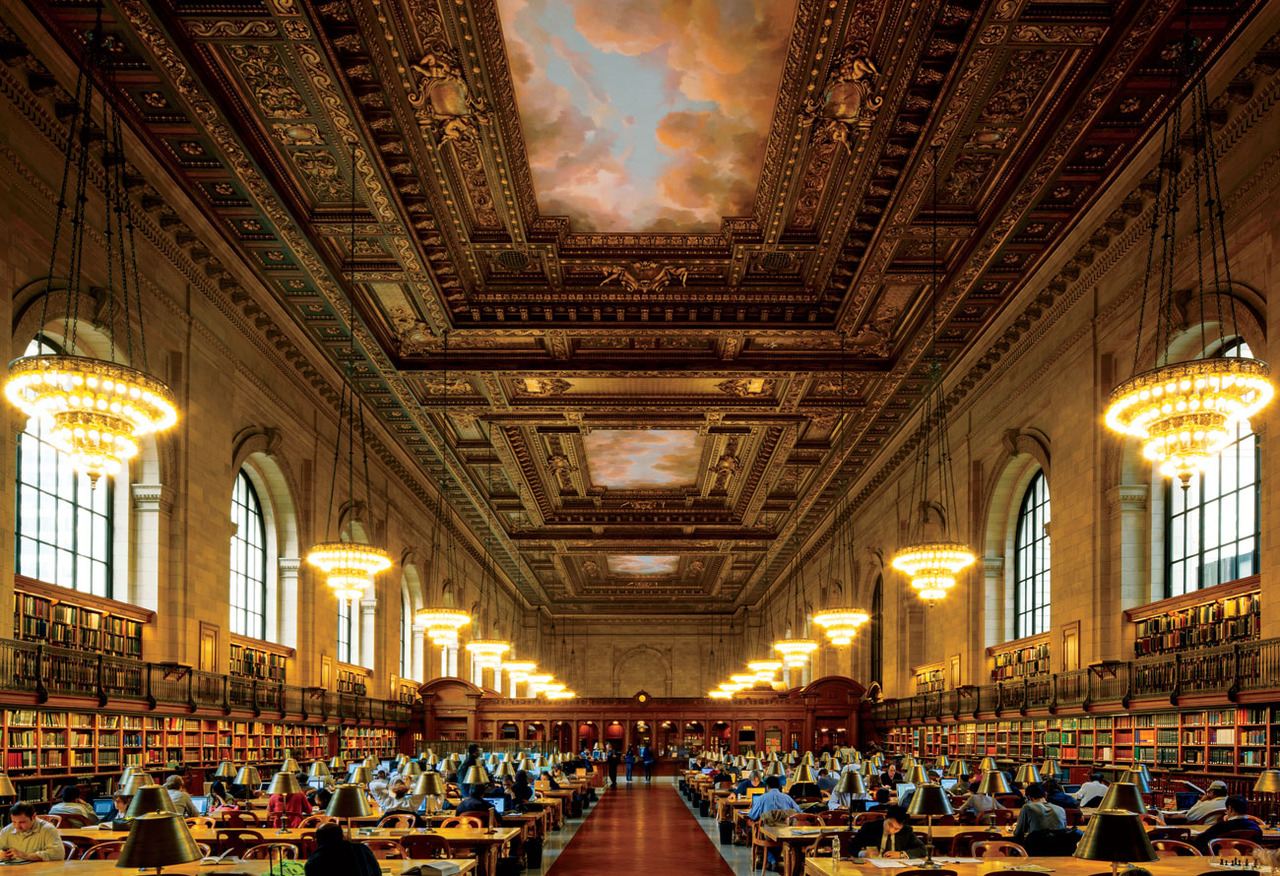
New York Public Library Main Reading Room
Libraries, Museums And Galleries
The studious associations of a library are readily comprehensible, but those of museums and picture-galleries are much more varied, as might be expected. In both these latter cases the influence is principally from pictures or the objects shown, and consequently our discussion of it is part of a later chapter. As far as the influence of the actual buildings is concerned, apart from the objects exhibited in them, the result is a little unexpected, for a prominent feature is a quite overwhelming sense of fatigue and boredom. It is evident that the chief constituent in the minds of the majority of the visitors is the feeling that they know that they ought to admire or to be interested in this or that, whereas as a matter of fact they are quite unable to achieve the least real admiration or interest.
The Stock-Yards of Chicago

The awful emanations from the stock-yards in Chicago, and the effect they produce on those who are so unfortunate as to live anywhere near them, have often been mentioned in Theosophical literature. Mrs. Besant herself has described how on her first visit she felt the terrible pall of depression which they cause while she was yet in the train many miles from Chicago; and though other people, less sensitive than she, might not be able to detect it so readily, there can be no doubt that its influence lies heavily upon them when-ever they draw near to the theatre of that awful iniquity. On that spot millions of creatures have been slaughtered and every one of them has added to its radiations its own feelings of rage and pain and fear and the sense of in-justice; and out of it all has been formed one of the blackest clouds of horror at present existing in the world.

In this case the results of the influence are commonly known, and it is im-possible for anyone to profess incredulity. The low level of morality and the exceeding brutality of the slaughterman are matters of notoriety. In many of
the murders committed in that dreadful neighbourhood the doctors have been able to recognise a peculiar twist of the knife which is used only by slaughtermen, and the very children in the streets play no games but games of killing. When the world becomes really civilised men will look back with incredulous horror upon such scenes as these, and will ask how it could have been possible that people who in other respects seem to have had some gleams of humanity and common sense, could permit so appalling a blot upon their honour as is the very existence of this accursed thing in their midst.

Special Places
Any spot where some ceremony has been frequently repeated, especially
if in connection with it a high ideal has been set up, is always charged with a decided influence. For example, the hamlet of Oberammergau, where for many years at set intervals the Passion Play has been reproduced, is full of thought-forms of the previous performances, which react powerfully upon those who are preparing themselves to take part in a modern representation. An extraordinary sense of reality and of the deepest earnestness is felt by all those who assist, and it reacts even upon the comparatively careless tourist, to whom the whole thing is simply an exhibition. In the same way the magnificent ideals of Wagner are prominent in the atmosphere of Bayreuth, and they make a performance there a totally different thing from one by identically the same players anywhere else.
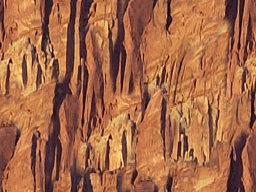
Sacred Mountains
There are instances in which the influence attached to a special place is non-human. This is usually the case with the many sacred mountains of the world. I have described in a previous chapter the great angels who inhabit the sum-mit of the mountain of Slieve-na-Mon in Ireland. It is their presence which makes the spot sacred, and they perpetuate the influence of the holier magic of the leaders of the Tuatha-de-Danaan, which they ordained to remain until
the day of the future greatness of Ireland shall come, and its part in the mighty drama of empire shall be made clear.
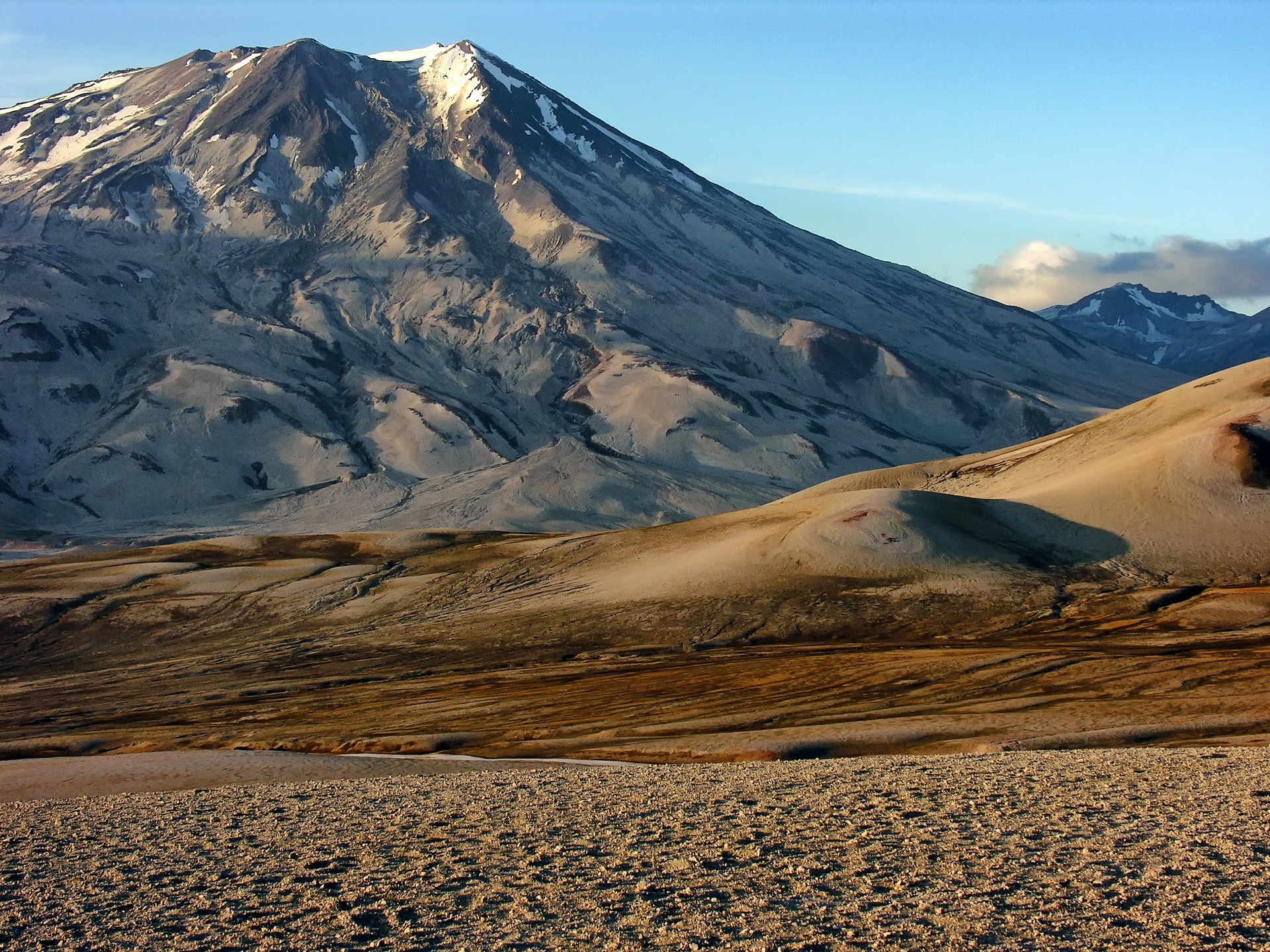
I have several times visited a sacred mountain of a different type-- Adam' s Peak in Ceylon. The remarkable thing about this peak is that it is held as a sacred spot by people of all the various religions of the Island. The Buddhists give to the temple on its summit the name of the shrine of the Sripada or holy footprint, and their story is that when the Lord BUDDHA visited Ceylon in His astral body (He was never there in the physical) He paid a visit to the tutelary genius of that mountain, who is called by the people Saman Deviyo. Just as He was about to depart, Saman Deviyo asked Him as a favour to leave on that spot some permanent memory of His visit, and the BUDDHA in response is alleged to have pressed His foot upon the solid rock, utilising some force which made upon it a definite imprint or indentation.
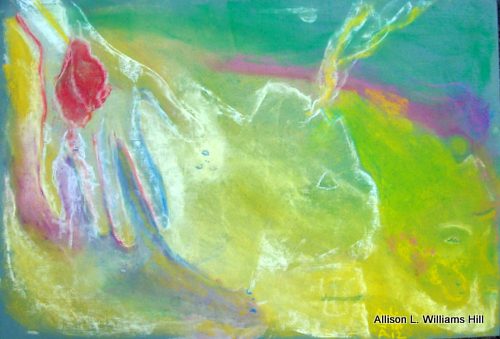
MH Soul Portrait by Allison L. Williams Hill
The story goes on to say that Saman Deviyo, in order that this holy footprint
should never be defiled by the touch of man, and that the magnetism radiating from it should be preserved, covered it with a huge cone of rock, which makes the present summit of the mountain. On the top of this cone a hollow has been made which roughly resembles a huge foot, and it seems probable that some of the more ignorant worshippers believe that to be the actual mark made by the Lord BUDDHA; but all the monks who know empha-tically deny that, and point to the fact that this is not only enormously too large to be a human footprint, but that it is also quite obviously artificial.
They explain that it is made there simply to indicate the exact spot under which the true footprint lies, and they point to the fact that there is unques-tionably a crack running all round the rock at some distance below the summit. The idea of a sacred footprint on that summit seems to be common to the various religions, but while the Buddhists hold it to be that of the Lord BUDDHA, the Tamil inhabitants of the Island suppose it to be one of the numerous footprints of Vishnu, and the Christians and the Muhammadans attribute it to Adam-- whence the name Adam' s Peak.

But it is said that long before any of these religions had penetrated to the Island, long before the time of the Lord BUDDHA Himself, this peak was already sacred to Saman Deviyo, to whom the deepest reverence is still paid by the inhabitants-- as indeed it well may be, since He belongs to one of the great orders of the angels who rank near to the highest among the Adepts. Although His work is of a nature entirely different from ours, He also obeys the Head of the Great Occult Hierarchy; He also is one of the Great White Brotherhood which exists only for the purpose of forwarding the evolution of the world.

The presence of so great a being naturally sheds a powerful influence over the mountain and its neighbourhood, and most of all over its summit, so that there is emphatically a reality behind to account for the joyous enthusiasm so freely manifested by the pilgrims. Here also, as at other shrines, we have in addition to this the effect of the feeling of devotion with which successive generations of pilgrims have impregnated the place, but though that cannot but be powerful, it is yet in this case completely overshadowed by the original and ever-present influence of the mighty entity who has done His work and kept His guard there for so many thousands of years.

Sacred Rivers
There are sacred rivers also-- the Ganges, for example. The idea is that some great person of old has magnetised the source of the river with such power that all the water that henceforth flows out from that source is in a true sense holy water, bearing with it his influence and his blessing. This is not an impossibility, though it would require either a great reserve of power in the beginning or some arrangement for a frequent repetition. The process is simple and comprehensible; the only difficulty is what may be called the size of the operation. But what would be beyond the power of the ordinary man might possibly be quite easy to some one at a much higher level.
Links
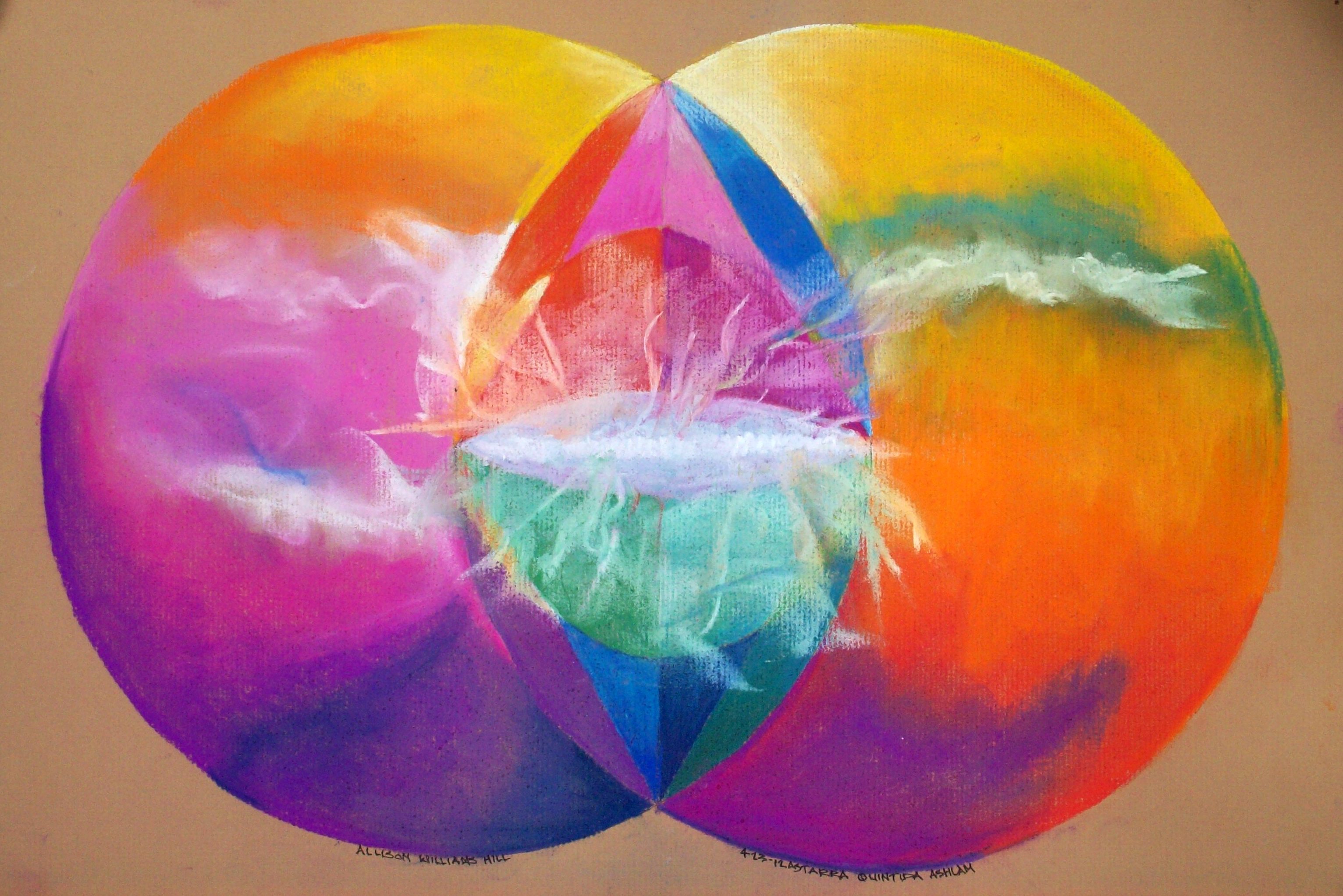
The above meditation mandala will be available soon.

















